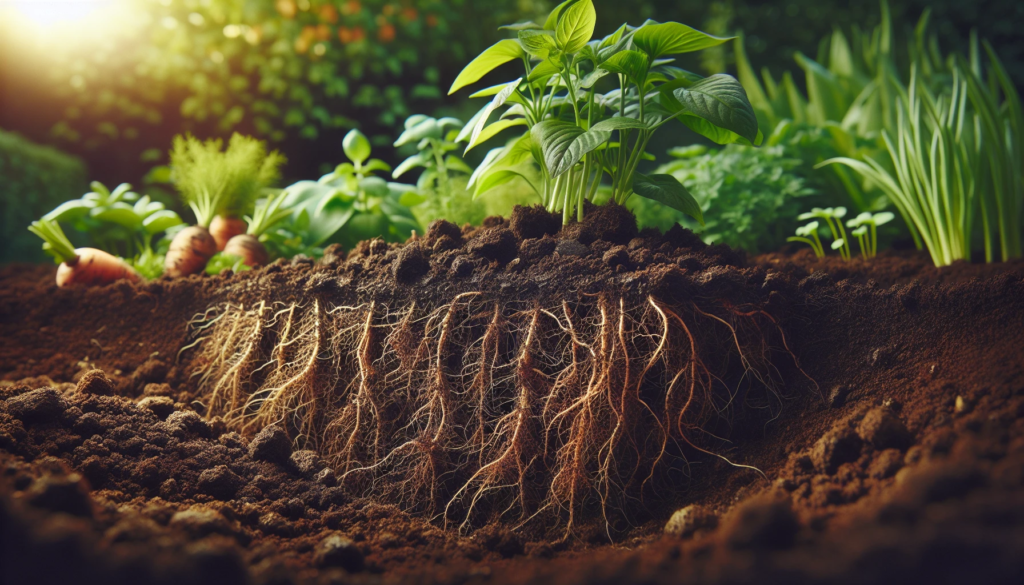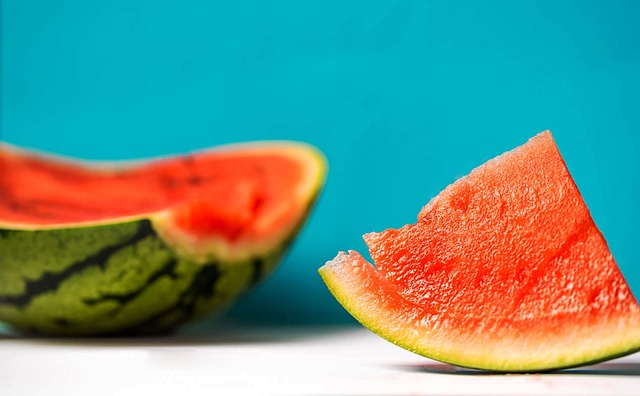Container gardening is a fantastic way to grow fresh vegetables in limited spaces, and the best part is that you don’t have to compromise on variety or taste. From leafy greens to root vegetables, there are countless options to explore and enjoy. In this blog post, we’ll guide you through the process of creating a thriving container garden, focusing on the best vegetables for container gardening, ensuring your plants receive the right care, nutrients, and protection throughout the year. So let’s get started on your journey to a bountiful harvest!
Key Takeaways
Choose the right container size, material and drainage for optimal success with your vegetable garden.
Create a perfect soil mix and track sun exposure to maximize growth in limited spaces.
Utilize natural pest solutions, fertilization techniques & seasonal care tips for an abundant harvest!
Choosing the Right Containers for Your Vegetable Garden
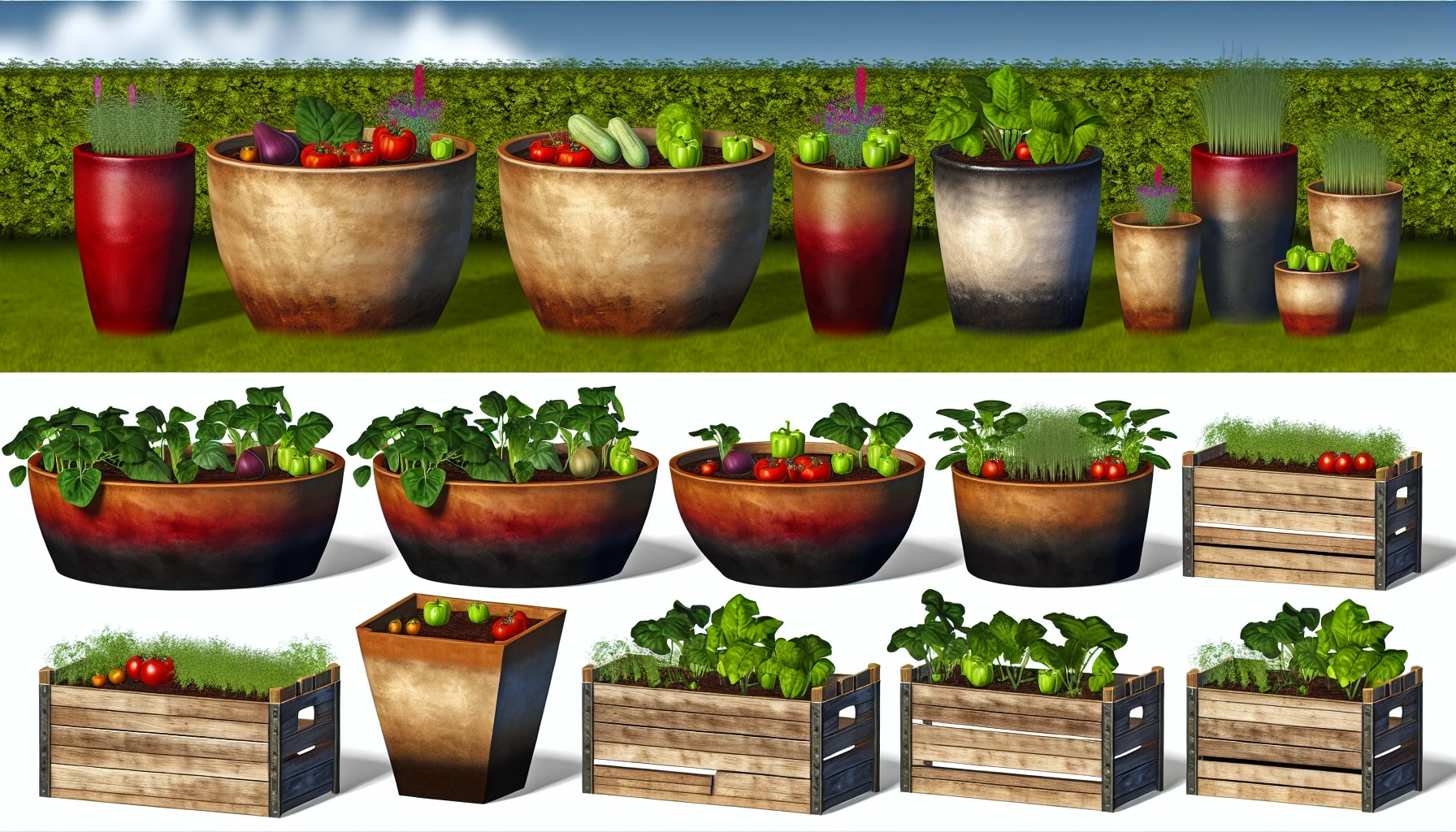
The first step in setting up your herb garden is to choose the perfect container. Here are some factors to consider:
Container size: A container that’s at least a foot wide offers optimal success for growing herbs.
Material: Consider the material of the container, such as plastic, ceramic, or terracotta, based on your preferences and the specific needs of your plants.
Drainage: Ensure that the container has proper drainage holes to prevent waterlogging and promote healthy plant growth.
Additionally, it’s important to note that moist soil creates a better environment for herb plants to grow.
A six-inch deep container is ideal for most herbs from the Lamiaceae family, such as mint. Growing peppermint in a container can also help control its rapid spread, allowing you to grow herbs effectively and enjoy fresh herbs in your dishes. Including perennial herbs in your container garden ensures a steady supply of flavorful ingredients.
Container Size Matters
Size is a critical factor to consider when selecting a container, as it significantly affects the health and growth of your vegetables. To maximize your vegetable yields, including summer squash, a minimum of 8-10 gallons of growing media with a depth of 12-16 inches is recommended.
Proper container size can help maximize the root systems of vegetables, which is essential for the plant’s life cycle and overall health.
Material Considerations
Another important aspect to ponder when planning your container garden is the material of the container. Materials such as:
plastic
terra cotta
wood
metal
can all affect the success of your plants. Terra cotta pots, for example, can help keep the moisture level just right and provide a large drainage hole for your herbs.
Plastic containers offer durability, flexibility, and strength, which can be ideal for growing herbs like oregano, also known as pizza herb. Wood containers, on the other hand, provide excellent insulation for the roots, helping to regulate soil temperature and moisture levels, enhancing the growth of ingredients for dishes like chicken salad.
Drainage Essentials
Maintaining proper drainage is a key factor in keeping your container garden plants healthy and thriving. To ensure optimal drainage, you can use materials like:
gravel
perlite
sand
coarse sand
These materials create air pockets in the soil, allowing excess water to easily drain away.
Additionally, it’s essential to have at least one drainage hole at the bottom of the plant container, but having multiple holes can provide even better drainage for plants that require it or in areas with heavy rainfall.
The Best Soil Mix for Thriving Container Vegetables
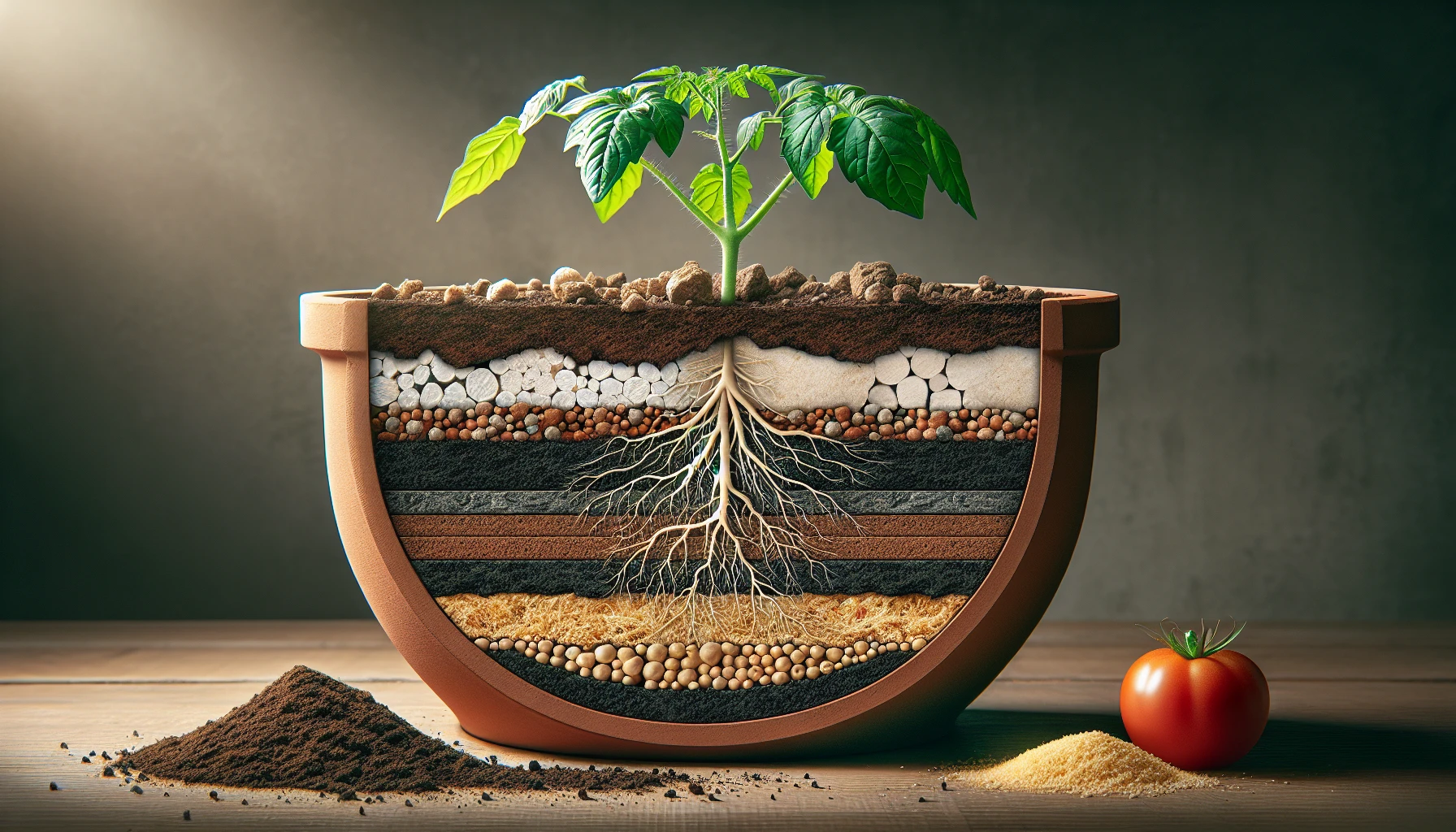
The growth and development of container vegetables depend heavily on the creation of an ideal soil mix. The perfect soil blend for container vegetables consists of topsoil, compost, and sand, with a coarse sand like paver sand for optimal drainage. This combination offers improved water retention, enhanced drainage, nutrient-rich soil, and improved soil structure.
Creating the Perfect Blend
A perfect soil blend for container gardening includes:
Perlite
Vermiculite
Garden soil (garden loam soil)
Coarse construction sand
Sphagnum peat moss
This mixture will ensure excellent drainage, aeration, and nutrient retention for your plants to thrive.
Additionally, incorporating compost into your soil mix can unlock the full potential of your container soil, providing all the major and minor nutrients that plants need for healthy growth.
Store-Bought vs. Homemade Mixes
When it comes to soil mixes for container vegetables, both store-bought and homemade options have their advantages.
Store-bought mixes offer convenience and reliability, providing the perfect balance of moisture retention, drainage, and nutrients for your vegetables.
However, homemade soil mixes allow you to customize the blend to suit your specific needs, using ingredients like:
peat moss
vermiculite
perlite
composted forest humus
Ultimately, the choice between store-bought and homemade soil mixes depends on your preferences and gardening goals.
Sunlight and Placement: Maximizing Growth in Limited Spaces

Maximizing growth in limited spaces like balconies and patios entails careful consideration of sunlight and strategic placement. Container gardens need at least 6 hours of direct sunlight per day, especially during the morning or afternoon, for optimal growth.
By carefully observing the sunlight patterns in your garden area and adjusting container placement accordingly, you can ensure your plants receive the right amount of sunlight and nutrients for success.
Tracking Sun Exposure
Monitoring sun exposure is vital for optimizing the growth of your container vegetables. Here are some ways to ensure your plants get the right amount of sun exposure:
Use a garden light meter to accurately measure the amount of sunlight your plants receive, helping you adjust their placement for ideal exposure.
Explore other options like using reflective surfaces to redirect sunlight towards your plants.
Rotate your plants regularly to ensure all sides receive equal sunlight.
Strategically position your plants under existing shade sources, such as trees or awnings, to provide them with partial shade if needed.
By following these tips, you can ensure that your container vegetables receive the right amount of sun exposure for healthy growth.
Balcony and Patio Strategies
To make the most of your balcony or patio space, consider the following tips:
Use wind-tolerant plants or install windscreens to protect your plants from strong winds.
Make sure your balcony or patio can support the weight of the plant containers.
Fertilize your plants regularly to promote healthy growth.
Utilize vertical planters and hanging baskets to maximize your space.
By following these tips, you can create a beautiful and functional outdoor space.
Repurposing containers and carefully planning your balcony garden will also contribute to a successful and productive container garden.
Watering Wisdom: Keeping Container Vegetables Hydrated
Maintaining healthy and productive container vegetables requires proper watering. During warm weather, container vegetables should be watered daily to ensure they receive the moisture they need. It’s also important to adjust your watering schedule based on the specific needs of your plants, their growth stage, and the weather conditions.
Watering Techniques
Effective watering techniques for container gardens include:
Watering deeply and thoroughly
Aiming the water at the soil where the roots are located
Checking the moisture levels regularly and watering when half of the moisture is gone
Watering in the morning
Using mulch on top of the containers to reduce evaporation and maintain optimal moisture levels for your plants.
Recognizing Plant Thirst
Recognizing when your container plants need hydration is crucial. Be on the lookout for the following signs that your container vegetables need a drink:
Droopy or wilted leaves
Folding leaves
Soft leaves
Grayish appearance
If you notice any of these signs, it’s time to water your plants.
By observing these signs and adjusting your watering schedule accordingly, you can ensure your container vegetables stay healthy and vibrant throughout their growth cycle.
Top 15 Vegetables Ideal for Container Gardening

Even in limited spaces, container gardening facilitates the growth of a wide variety of vegetables. Some of the top vegetables to grow in containers include leafy greens, root vegetables, and fruit-bearing vegetables. These options will provide you with a bountiful harvest that’s fresh, delicious, and easy to maintain.
Leafy Greens
Leafy greens like lettuce, spinach, kale, and Swiss chard thrive in container gardens and can be harvested throughout the growing season. They are an excellent choice for novice gardeners, as they are relatively low maintenance and can tolerate a range of growing conditions.
Not only are they delicious and versatile in the kitchen, but they also offer numerous health benefits, making them a must-have in any container garden.
Root Vegetables
Root vegetables, such as:
carrots
beets
radishes
turnips
are another great option for container gardening. They can be grown in deeper containers to accommodate their root systems and are typically ready for harvest within a few months of planting.
These vegetables, including pole beans, are not only tasty but also packed with essential nutrients, making them a valuable addition to your kitchen garden or container garden.
Fruit-Bearing Vegetables
Fruit-bearing vegetables like:
tomatoes
peppers
eggplants
cucumbers
Perennial plant varieties can also be successfully grown in containers. These plants typically require more sunlight and a larger container to accommodate their sprawling vines and fruit production.
By providing the right care and support, you can enjoy a bountiful harvest of fresh, homegrown fruit-bearing vegetables throughout the growing season.
Fertilizing for Success: Nutrient Management in Containers

The health and productivity of your container vegetables hinge on proper fertilization. By providing the right nutrients at the right time, you can ensure your plants have the energy and resources they need to grow and produce a bountiful harvest.
It’s important to choose the right fertilizer and establish a fertilizing schedule to keep your plants well-nourished throughout their growth cycle, which is a crucial part of a plant’s life cycle.
Choosing the Right Fertilizer
Selecting the appropriate fertilizer for your container vegetables is crucial for optimal growth. There are several fertilizers to choose from, such as:
Liquid kelp
Seaweed
Fish-based fertilizers
Chicken manure
Comfrey
Slow-release granular or dry powder water-soluble fertilizers
Each type of vegetable may have its unique nutrient requirements, so it’s important to choose a fertilizer that meets their needs for the best results.
Fertilizing Schedule
Establishing a fertilizing schedule is essential for maintaining the health and productivity of your container vegetables. It’s recommended to start fertilizing your plants about three weeks after planting, using a balanced, all-purpose fertilizer. Fruit-bearing vegetables, such as tomatoes and peppers, may require weekly fertilization with a tomato feed to support their fruit production.
By following a consistent fertilizing schedule, you can ensure your plants receive the nutrients they need to thrive and produce a bountiful harvest.
Pest Control and Disease Prevention in Container Vegetables
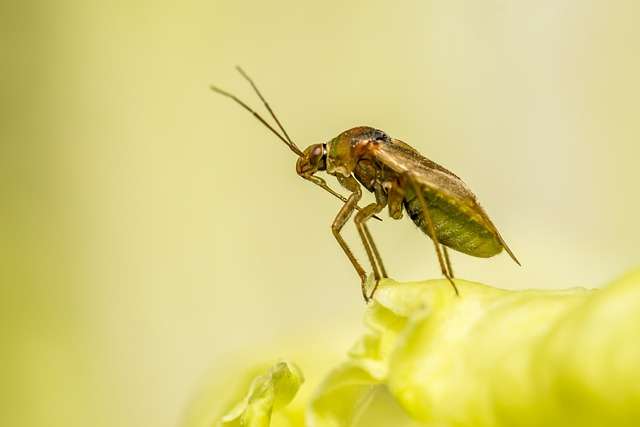
Crucial aspects of container vegetable gardening include pest control and disease prevention. By proactively addressing potential issues and taking steps to protect your plants, you can minimize the risk of damage and ensure a healthy, productive garden.
It’s essential to monitor your plants regularly for signs of pests or disease and to take action as soon as any problems arise to maintain optimal growing conditions.
Natural Pest Solutions
Natural pest control solutions, such as:
Bait with iron phosphate
Diatomaceous earth
Kaolin clay
Neem oil or spinosad spray
Can be highly effective for managing pests in your container garden. By utilizing these environmentally friendly methods, you can keep your plants healthy and thriving without the need for harsh chemicals.
In addition to using natural pest control solutions, you can also introduce beneficial insects, such as ladybugs, lacewings, and parasitic wasps, to help keep pests at bay and maintain a balanced ecosystem in your container garden.
Spotting and Treating Common Diseases
Identifying and treating common diseases in container vegetables is essential for maintaining a healthy and productive garden. Be on the lookout for symptoms such as:
Yellowing and dying leaves
Retarded growth
Leaf chlorosis
Wilting
These could be signs that your container vegetables are suffering from diseases like blight, fusarium and verticillium wilts, or powdery mildew.
By addressing these issues promptly and using appropriate treatments, you can protect your plants and ensure a successful harvest.
Seasonal Care: Adapting Container Gardening Through the Year
For a healthy and productive garden, it’s crucial to adapt your container gardening care to seasonal changes and weather conditions. By adjusting your watering routines, using seasonal plant cover or protection, and modifying container positioning for seasonal sunlight changes, you can ensure your plants receive the care they need throughout the year.
Warm Weather Care

During warm weather, it’s important to pay extra attention to your container vegetables. They may require more frequent watering to stay hydrated, especially in hot and dry conditions. Be sure to water your plants in the early morning or late evening to prevent evaporation and ensure they receive the moisture they need.
Also, keep an eye on your plants for signs of pests or disease, as these can be more prevalent during warmer months.
Cold Weather Protection

Protecting your container vegetables during cold weather is essential for their survival and continued growth. By providing cold weather protection, such as frost-proof containers, insulation materials, and cold frames or greenhouses, you can shield your plants from the damaging effects of cold temperatures and frost.
Additionally, make sure to use frost-resistant containers and take measures to guard against low temperatures for the best results.
Harvesting Your Container Vegetables: When and How

To enjoy the full flavor and nutritional benefits of your container vegetables, it’s crucial to know when and how to harvest them. By recognizing the signs of maturity and using proper harvesting techniques, you can ensure a bountiful and delicious harvest from your container garden.
Signs of Maturity
The signs of maturity for container vegetables vary depending on the type of vegetable. Here are some signs to look for:
Leafy greens can be harvested throughout their growth cycle.
Tomatoes should be ripe and have reached their mature color before being picked.
Peppers should also be ripe and have reached their mature color before being picked.
By observing your plants and looking for these signs of maturity, you can ensure that you’re harvesting your vegetables at the optimal time for the best flavor and nutritional value.
Harvesting Techniques

When harvesting container vegetables, it’s important to use the right techniques to avoid damaging the plants and to ensure the best quality harvest. For leafy vegetables, begin by picking the outer leaves and keep harvesting newer leaves as they reach the desired size. For fruit-bearing vegetables, wait until they are ripe and have reached their mature color before harvesting.
By following these simple harvesting techniques, you can enjoy a bountiful and delicious harvest from your container garden.
Expanding Your Container Garden: Next Steps
Once your container garden starts to grow and thrive, you might want to consider expanding it and trying out new vegetable varieties. One way to do this is through companion planting, which can help maximize yields, reduce pest pressure, and enhance soil health.
By carefully selecting compatible plant pairings and considering the specific needs of each vegetable, you can create a diverse and flourishing container garden.
Companion Planting in Containers
Companion planting is an excellent way to make the most of your container garden space and ensure your plants are growing optimally. By planting different species in close proximity, you can create a thriving environment for your plants to flourish. Some successful companion planting combinations for container gardens include beans, carrots, and squash; lettuce, strawberries, and herbs; and tomatoes, green beans, and basil.
Experiment with different companion planting pairings to discover what works best for your container garden and enjoy the benefits of a diverse and productive garden.
Summary

In conclusion, container gardening is a versatile and rewarding way to grow fresh vegetables in limited spaces. By choosing the right containers, creating the perfect soil mix, optimizing sunlight and placement, and providing proper care and maintenance, you can enjoy a bountiful harvest from your container garden throughout the year. As you continue to grow and expand your garden, explore new vegetable varieties and companion planting techniques to create a diverse and thriving container garden. Happy gardening!
Frequently Asked Questions
What vegetables can you grow in a 5 gallon container?
You can easily grow potatoes, onions, garlic, and carrots in 5-gallon buckets. Start the seeds indoors, buy seedlings or starter plants for the best results.
How deep should a container vegetable garden be?
For most vegetables, the minimum depth of a container garden should be 6-8 inches, but plants with deeper root structures may require up to 18-24 inches. Be sure to include drainage holes in the bottom for proper plant growth.
What are cheap containers to grow vegetables in?
For those on a budget, food-grade buckets, grower’s pots, and plastic dishpans are great options for growing vegetables. They can often be found at secondhand vendors, and just remember to add drainage holes for the best results.
When should I start my container garden?
May is the ideal time to start your container garden. Assemble your pots and containers for the growing season, sow seeds indoors or purchase plants from a garden center and you’ll be ready to go!
What herbs should I have in my garden?
Grow your own culinary herbs and add flavor to your dishes! Plant chives, ginger, lavender, mint, oregano, sage, rosemary, and thyme in your garden for a delicious way to enhance your cooking.

